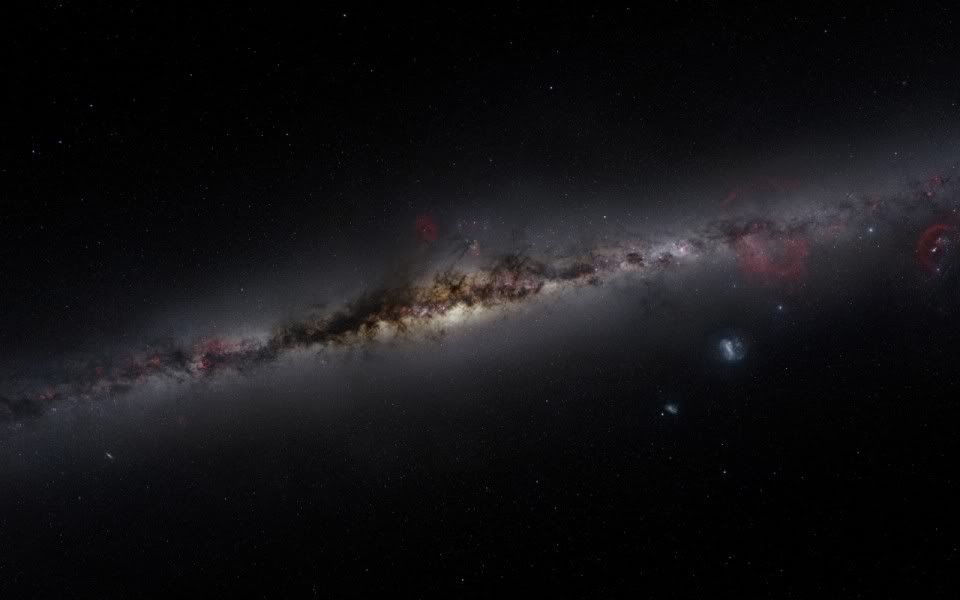THE WHOLE NIGHT SKY
Nick Risinger has always gazed up at the sky. But last year the amateur astronomer and photographer quit his day job as a Seattle marketing director and lugged six synchronized cameras about 60,000 miles to capture an image of the entire night sky.
Mr. Risinger, 28, set up his rack of cameras in high-elevation locales in the Western U.S. and South Africa, timing photo shoots around new moons when nights were long and dark. He programmed his six cameras to track the stars as they moved across the sky and simultaneously snapped thousands of photos.
He then stitched 37,440 exposures together into a spectacular, panoramic survey sky that he posted online two weeks ago. The photo reveals a 360-degree view of the Milky Way, planets and stars in their true natural colors. Viewers can zoom in on portions of the 5,000-megapixel image to find Orion or the Large Magellanic Cloud.
"I wanted to share what I thought was possible," said Mr. Risinger, a first-time astrophotographer. "We don't see it like this. This is much brighter. On a good night in Seattle, you'll see 20 or 30 stars. This, in its full size, you'll see 20 to 30 million. Everything is amplified."
Other sky surveys have preceded this one, including the Digitized Sky Survey, a source for Google Sky. Many serve scientific purposes and were shot in red and blue to measure the temperature of stars, Mr. Risinger said. He shot in a third color, green, to give the photo added depth and richness, he said.
"This is not a scientifically useful image. This is for educational and artistic appreciation," Mr. Risinger said, adding that he wasn't motivated by money but hopes to sell prints and other products to keep the website running.
To capture the entire night sky in a year, Mr. Risinger plotted out an exact schedule of images he needed from both hemispheres. He divided the sky into 624 uniform sections and entered the coordinates into the computer.
"The sheer amount of work was mind-boggling," he said at his apartment in Seattle. "It's not a wing-it kind of project."
In March of last year, Mr. Risinger and his older brother, Erik, traveled to the desert near Tonapah, Nev., and took the first photos of what eventually would become his Photopic Sky Survey. He later also persuaded his retired father, Tom, who lives in Gig Harbor, Wash., to join him.
Above article BY PHUONG LE, ASSOCIATED PRESS, May 14, 2011
ONLINE:
http://skysurvey.org



